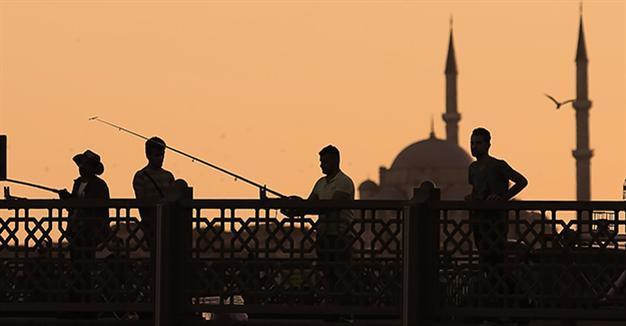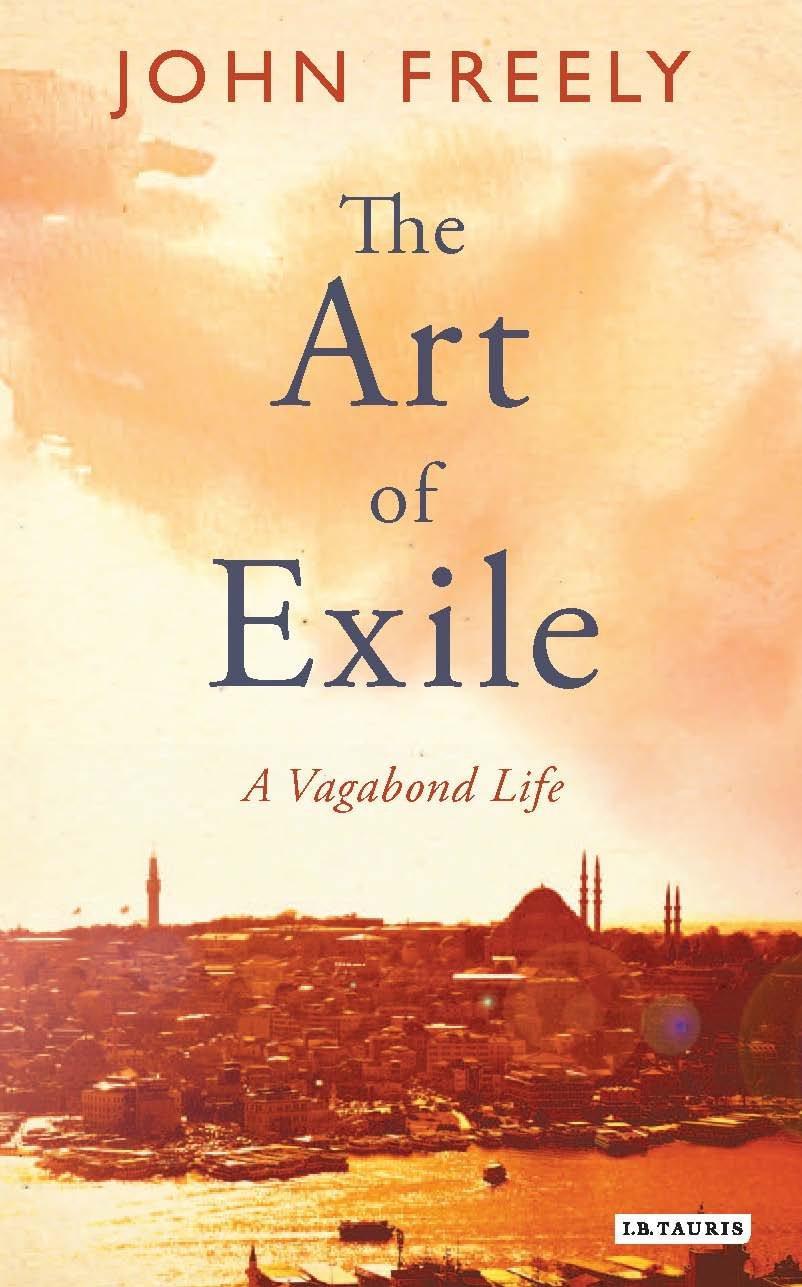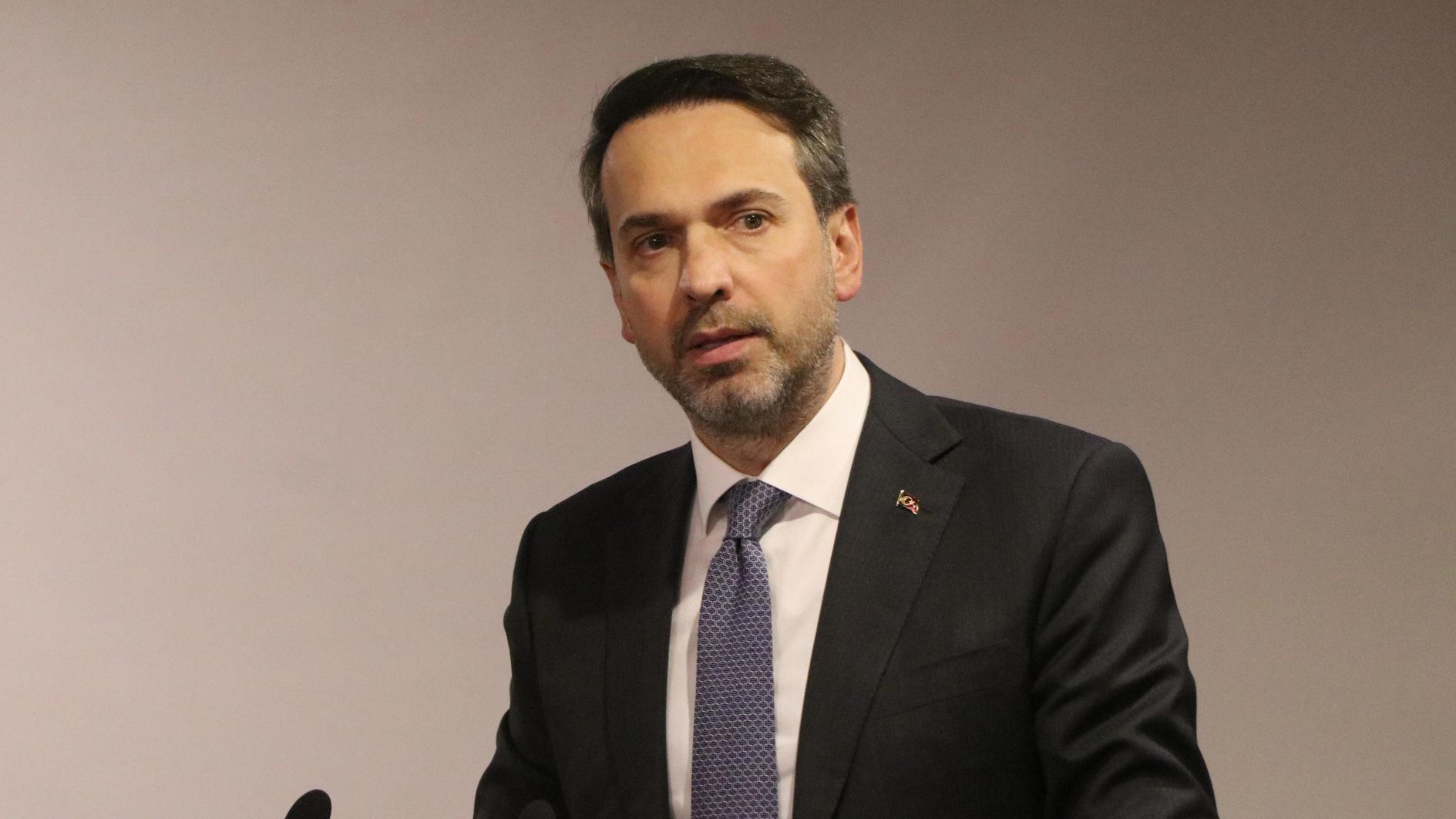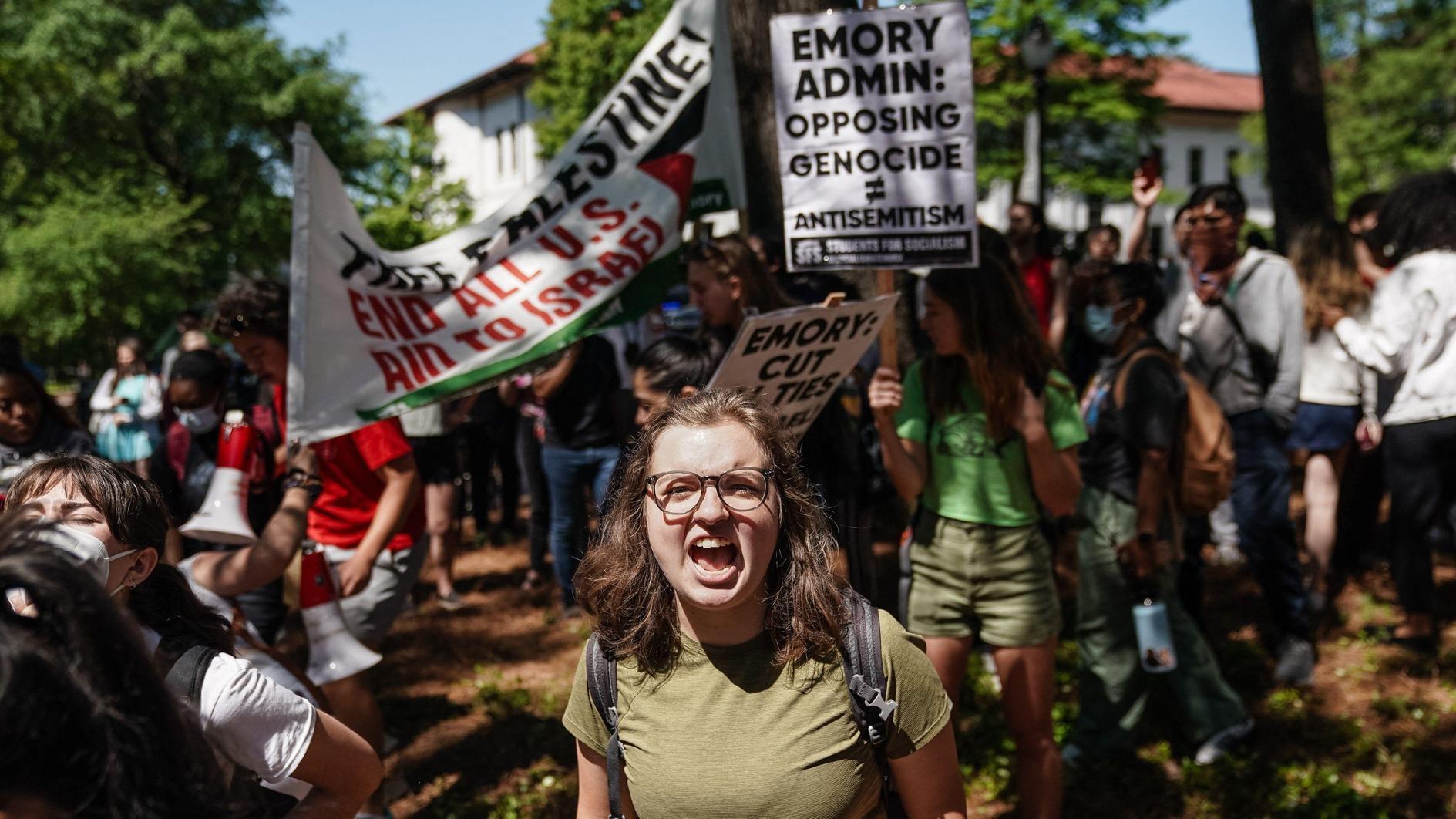‘The Art of Exile’ by John Freely
William Armstrong - william.armstrong@hdn.com.tr

Fishermen try their luck on Istanbul's Galata Bridge. AA photo
‘The Art of Exile: A Vagabond Life’ by John Freely (IB Tauris, 240 pages, $35)John Freely has long seen as the doyen of travel writing on Turkey. With over 40 titles to his name, he has found a niche covering the country and its region since his first book was published in 1972. His classic “Strolling Through Istanbul” has been continuously in print for 40 years. Freely has made the most of limited literary talent but boundless energy.
 “The Art of Exile” is his valedictory account of a life of restless wandering. Born in New York in 1926, his family moved back and forth between the U.S. and Ireland as he grew up. He fought in the Far East as a sailor in the Second World War, before moving to Istanbul with his wife Toots in 1960 to work at Robert College, an American school founded in 1863 on the European shore of the Bosphorus (today's Boğaziçi University).
“The Art of Exile” is his valedictory account of a life of restless wandering. Born in New York in 1926, his family moved back and forth between the U.S. and Ireland as he grew up. He fought in the Far East as a sailor in the Second World War, before moving to Istanbul with his wife Toots in 1960 to work at Robert College, an American school founded in 1863 on the European shore of the Bosphorus (today's Boğaziçi University). When the Freelys arrived in Istanbul it was a time when you could still “see a flock of sheep grazing beyond the end of the runway.” They were soon swept up in the bohemian circles of the city, getting into the “routine of exploring Istanbul on Saturday, going on to enjoy the evening at a Turkish meyhane or Greek taverna or one of the endless college parties.” They used Istanbul as a base as they perambulated around the East Mediterranean and beyond, while also bringing up a family and maintaining careers as authors and academics.
In "The Art of Exile," each trip is dutifully ticked off in chronological order. But there is little of the energy or zest that Freely clearly had for life. An autodidact who gave himself a thorough grounding in the classics as a young man, Freely’s writing has always been littered with classical references. Here he rather awkwardly describes his many journeys as an “odyssey” and repeatedly compares himself to Odysseus. But on the whole, “The Art of Exile” is a relentlessly straightforward read, starting at the start and ending at the end. That could have been an asset if the book was leavened with emotional, social, or historical detail. But unfortunately it is rather humorless, pedestrian and strangely context-free. The reader gets little idea of the considerable political turmoil shaking the region during these years.
And there are plenty of frustrating missed opportunities. Freely mentions meeting the great writers Yaşar Kemal and James Baldwin in Istanbul. Pen portraits would add much needed color to the book, but Freely passes up the chance. He has a deeper historical knowledge than most. Sadly he fails to put it to much use.
Freely’s earlier work was also slightly plodding, but at least it had traces of purple prose that hinted at a style. Here even those passages are hard to come by. At the age of 90, perhaps his powers have waned. Freely has lived a rich, enviable, freewheeling life. But on the page he fails to forge it into any convincing shape. “The Art of Exile” feels like a series of shallow postcards, not weaved into any greater design.










